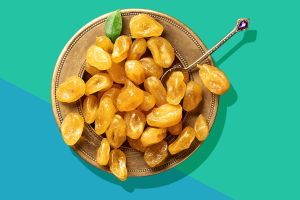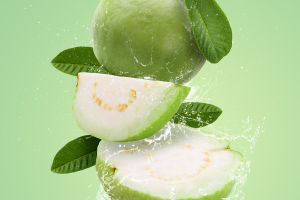Bread is a beloved staple food, cherished for its irresistible aroma and taste that can provide endless satisfaction.
However, how can one bake the most fragrant and delicious bread? This endeavor not only tests one's baking skills but also requires meticulous attention to ingredient selection and the production process.
The choice of flour is crucial in baking exceptional bread. Typically, high-gluten flour is preferred because its elevated protein content supports gluten formation, imparting the bread with desirable elasticity and chewiness.
However, flour quality can vary slightly between brands. It is advisable to select a brand known for its consistent quality and excellent reputation.
For those looking to diversify flavor and nutrition, incorporating whole wheat flour, rye flour, or other grain flour can be beneficial. These additions can enhance both the taste and nutritional value of the bread.
Equally important is the use of yeast, which plays a significant role in determining the bread’s quality. Fresh yeast, known for its high activity level, provides excellent fermentation results but has a relatively short shelf life.
Dry yeast, on the other hand, offers a longer shelf life and is convenient to use, though it requires activation in warm water before use. Regardless of the yeast type chosen, it is essential to consider its shelf life and storage conditions to ensure its effectiveness.
Moreover, the correct amounts of sugar and salt are crucial; sugar acts as an energy source for yeast fermentation, while salt helps control the fermentation rate and prevents the dough from over-expanding.
Kneading is another critical aspect that influences the final taste of the bread. Begin by thoroughly mixing the dry ingredients—flour, yeast, sugar, and salt. Gradually add warm water or milk, stirring continuously until the dough loses its stickiness and achieves a smooth surface.
Next, knead the dough by beating and stretching it on a surface, repeating this process several times to fully develop the gluten. Proper kneading not only enhances the bread’s elasticity and chewiness but also ensures a more uniform internal structure.
Fermentation time must be adjusted based on ambient temperature and yeast activity. Typically, the first fermentation period ranges from 1 to 2 hours, during which the dough should double in volume.
Temperature control is critical in this process; excessively high temperatures can diminish yeast activity, while too low temperatures can slow fermentation.
A practical method is to place the dough in a warm and humid environment. For instance, placing a cup of hot water in a microwave oven and then placing the dough inside can help maintain the ideal temperature and humidity for fermentation.
The final step in bread baking—baking temperature and time—determines whether the bread turns out perfectly. Generally, bread should be baked at a temperature between 180 to 200 degrees Celsius. The exact temperature may need adjustment based on the bread’s size and thickness.
The baking time typically ranges from 25 to 30 minutes, but it's crucial to monitor the bread’s state to avoid burning or undercooking. To achieve a golden and crispy crust, brushing the dough’s surface with a layer of egg wash or milk before baking can be effective.
Once baked, the bread should be cooled slightly on a wire rack to prevent the bottom from becoming damp and affecting the texture. After cooling, the bread can be sliced according to preference and enjoyed plain or with accompaniments such as butter or jam.
Baking the most aromatic and delectable bread is an art that combines skill and enjoyment. From selecting the right flour and yeast to mastering kneading techniques, controlling fermentation times, and perfecting baking conditions, every step requires careful attention.
By understanding and applying these key principles and continuously refining one's approach, anyone can achieve satisfying and delightful results in bread baking.


